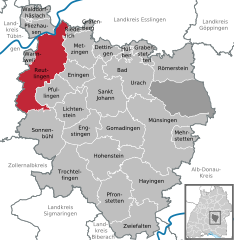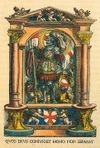Reutlingen
Reutlingen is a city in southern Baden-Württemberg, Germany. It is the capital of the eponymous district of Reutlingen. As of April 2008, it has a population of 109,828.[2] Reutlingen has a university of applied sciences, which was founded in 1855, originally as a weaver's school. Today Reutlingen is home to an established textile industry and also houses machinery, leather goods and steel manufacturing facilities.
Geography
Reutlingen is located about 40 km (25 miles) south of the State capital of Baden-Württemberg, Stuttgart. It lies in the Southwest corner of Germany, right next to the Swabian Jura, therefore it is often called The gate to the Swabian Jura (German: Das Tor zur Schwäbischen Alb). The Echaz river, a tributary of the Neckar, flows through the town centre.
Along with the old university town of Tübingen (about 15 km (9 miles) to the west), Reutlingen is the centre of the Neckar-Alb region. It is also part of the larger Stuttgart Metropolitan Region.
History
The first settlements in the area are believed to date from the 4th or 5th century. Some time around 1030, Count Egino started to build a castle on top of the Achalm, one of the largest mountains in Reutlingen district (about 706 m). One of the towers of this castle still stands today and is open for visitors. The name Reutlingen was first mentioned in writing in the so-called Bempflingen Treaty (German: Bempflinger Vertrag) which is dated approximately 1089–90.
Around 1180, Reutlingen received market rights and, between 1220 and 1240 it was promoted to city status and city-walls and fortifications were built. Shortly thereafter, from 1247–1343, the town's landmark, the St. Mary's Church (German: Marienkirche) was built.
In 1377 Reutlingen was the scene of a victory by the Swabian League, formed on the previous year by 14 Swabian cities, led by Ulm, over the Count of Württemberg. In 1519, a later Swabian League came to Reutlingen's help when Ulrich, Duke of Württemberg attempted to seize the city; the League landed a crushing blow, conquering Württemberg and selling it to Charles V.
As a result of such struggles, Reutlingen became an Imperial City of the Holy Roman Empire, free from allegiance to the Duke of Württemberg. In 1530, Reutlingen's city council signed the Augsburg Confession, and in 1580 and the Formula of Concord, key documents of Lutheranism. In 1803, in the wake of the French Revolutionary Wars, Reutlingen lost its independence in the German Mediatisation, being restored to Württemberg.
Fire and bombing raids
The worst disaster in the history of Reutlingen happened in 1726, when a major fire swept through the city, destroying 80% of all residential houses and almost all public buildings, and making 1,200 families homeless. The impact of this fire, which lasted three days, is still visible today.
During World War II, the wings of the V-1 flying bomb were manufactured in Reutlingen, making the city the target of several allied bombing raids.
Famous people
- General Ferdinand Heim, later to be noted as the "Scapegoat of Stalingrad" was born in Reutlingen
- So was Friedrich Schlotterbeck, socialist and author, and leader of a local group in the German resistance
- Reutlingen is also the birthplace of Friedrich List, leading 19th Century German and American economist
- Professor Martin Hengel, the historian of religion, was born in the town in 1926
Main sights
- Church of the Virgin Mary, built in Gothic style in the 13th–14th centuries. Nearby is a statue of emperor Frederick II.
- Marktbrunnen ("Market Fountain", 16th century), surmounted by the statue of emperor Maximilian II.
- Spitalhof, built as a hospital in the 14th century. Damaged by a fire, it was largely rebuilt in the 18th century.
- Church of St. Nicholas, built in the 14th century as a chapel.
- Gerber- und Färberbrunnen ("Tanners' and Dyers' Fountain"), 1920.
- City Hall, built in 1966.
- Spreuerhofstraße, the world's narrowest street.
University
Reutlingen University is a university of applied sciences, focusing on hands-on learning, which is apparent in their mandatory internship for all business majors. The university is an internationally friendly school with 111 cooperative campuses worldwide. Classes are generally taught in German; however, in the Master's program classes are taught in English.
Partner cities
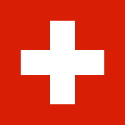 Aarau, Aargau, Switzerland, since 1986
Aarau, Aargau, Switzerland, since 1986 Bouaké, Bouaké, Côte d'Ivoire, since 1970
Bouaké, Bouaké, Côte d'Ivoire, since 1970 Dushanbe, Tajikistan, since 1990
Dushanbe, Tajikistan, since 1990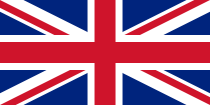 Ellesmere Port and Neston, Cheshire, United Kingdom, since 1966
Ellesmere Port and Neston, Cheshire, United Kingdom, since 1966 Pirna, Saxony, Germany
Pirna, Saxony, Germany Reading, Pennsylvania, United States, since 1998
Reading, Pennsylvania, United States, since 1998 Roanne, Loire, France, since 1958
Roanne, Loire, France, since 1958 Szolnok, Jász-Nagykun-Szolnok, Hungary, since 1990
Szolnok, Jász-Nagykun-Szolnok, Hungary, since 1990
References
External links
.svg.png) Swabian Circle (1500–1806) of the Holy Roman Empire Swabian Circle (1500–1806) of the Holy Roman Empire |
|
| Ecclesiastical |
Augsburg · Constance · Ellwangen · Kempten · Lindau
|
 |
|
| Secular |
|
|
| Prelates |
Baindt · Buchau · Elchingen · Gengenbach · Gutenzell · Heggbach · Irsee · Kaisheim · Mainau · Marchtal · Neresheim · Ochsenhausen · Petershausen · Roggenburg · Rot · Rottenmünster · Salmanweiler · St. George's in Isny · Schussenried · Söflingen · Ursberg · Weingarten · Weißenau · Wettenhausen · Zwiefalten
|
|
Counts
Lords |
Altshausen · Baar · Bondorf · Eberstein · Eglingen · Eglofs · Fugger (Jakob · Johann · Markus) · Gundelfingen · Gutenstein · Hausen · Heiligenberg · Hohenems · Hohengeroldseck · Hohenzollern-Sigmaringen · Justingen · Kinzigerthal · Königsegg and Aulendorf · Lustenau · Meßkirch · Mindelheim / Schwabegg · Oberdischingen · Öttingen (Baldern · Öttingen · Wallerstein) · Rechberg · Rothenfels and Stauffen · Stühlingen and Hohenhöwen · Tettnang / Langenargen · Thannhausen · Wiesensteig
|
|
| Cities |
Aalen · Augsburg · Biberach · Bopfingen · Buchau · Buchhorn · Dinkelsbühl · Eßlingen · Gengenbach · Giengen · Heilbronn · Isny · Kaufbeuren · Kempten · Leutkirch · Lindau · Memmingen · Nördlingen · Offenburg · Pfullendorf · Ravensburg · Reutlingen · Rottweil · Schwäbisch Gmünd · Schwäbisch Hall · Überlingen · Ulm · Wangen · Weil · Wimpfen · Zell
|
|
.svg.png) Free Imperial Cities of the Holy Roman Empire Free Imperial Cities of the Holy Roman Empire |
|
|
|
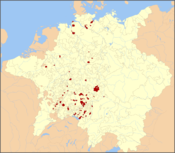
Free Imperial Cities as at 1648
|
|
|
Cities that lost Imperial immediacy or gained independence before 1792 |
|
|
|
|
|
| D: Member of the Décapole. H: Member of the Hanseatic League. S: Member or associate of the Swiss Confederacy. |
|
|
Towns and municipalities in Reutlingen (district) |
|
|
Bad Urach | Dettingen an der Erms | Engstingen | Eningen | Gomadingen | Grabenstetten | Grafenberg | Hayingen | Hohenstein | Hülben | Lichtenstein | Mehrstetten | Metzingen | Münsingen | Pfronstetten | Pfullingen | Pliezhausen | Reutlingen | Riederich | Römerstein | Sonnenbühl | St. Johann | Trochtelfingen | Walddorfhäslach | Wannweil | Zwiefalten
|
|
|
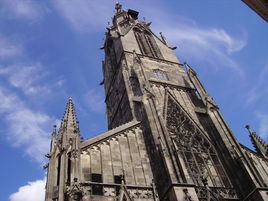

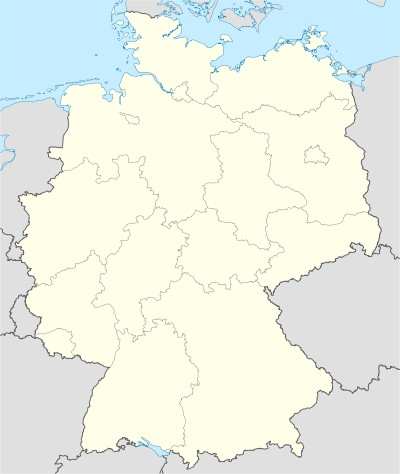

 Aarau, Aargau, Switzerland, since 1986
Aarau, Aargau, Switzerland, since 1986 Bouaké, Bouaké, Côte d'Ivoire, since 1970
Bouaké, Bouaké, Côte d'Ivoire, since 1970 Dushanbe, Tajikistan, since 1990
Dushanbe, Tajikistan, since 1990 Ellesmere Port and Neston, Cheshire, United Kingdom, since 1966
Ellesmere Port and Neston, Cheshire, United Kingdom, since 1966 Pirna, Saxony, Germany
Pirna, Saxony, Germany Reading, Pennsylvania, United States, since 1998
Reading, Pennsylvania, United States, since 1998 Roanne, Loire, France, since 1958
Roanne, Loire, France, since 1958 Szolnok, Jász-Nagykun-Szolnok, Hungary, since 1990
Szolnok, Jász-Nagykun-Szolnok, Hungary, since 1990